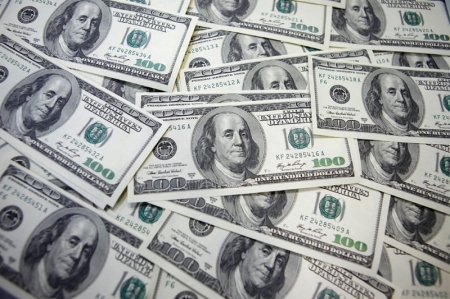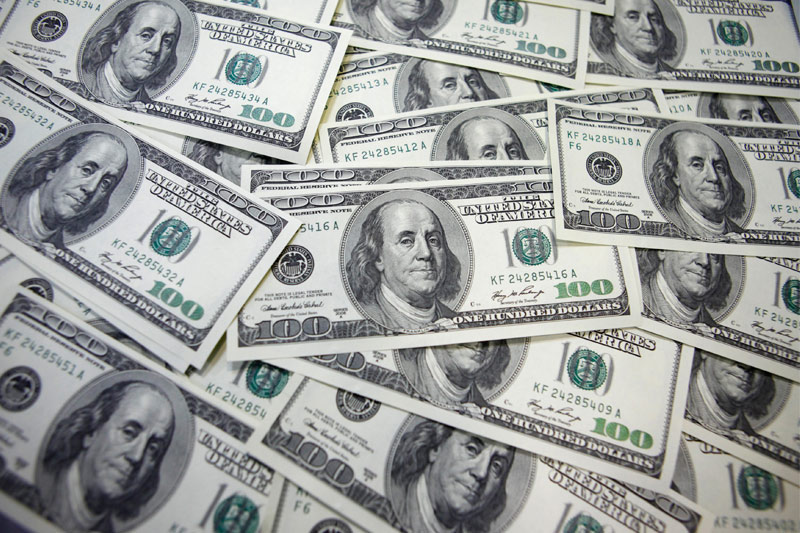Forex
Asia FX treads water, dollar steadies with inflation in sight


Investing.com– Most Asian currencies moved little on Wednesday, while the dollar steadied below six-month highs as investors hunkered down before key U.S. inflation data that is expected to offer more cues on monetary policy.
Most regional units were nursing steep overnight losses as markets remained largely risk-averse, while the dollar saw renewed strength in anticipation of the inflation reading.
The and moved little in Asian trade, but were close to their strongest level since mid-March.
Data due later in the day is expected to show that U.S. inflation picked up pace in August from the prior month, amid higher fuel costs and steady consumer spending.
A stronger inflation print gives the Federal Reserve more headroom to keep raising interest rates, with Wednesday’s reading coming just a week before a .
The central bank is widely expected to keep rates steady. But any signs of overheated inflation could invite a more hawkish outlook from the Fed, given that it has already warned that U.S. rates will stay higher for longer.
The prospect of higher U.S. rates bodes poorly for Asian currencies, with most regional units logging steep losses in recent weeks on that notion.
was among the worst performers in Asian trade, falling 0.3% on Wednesday and remaining within sight of a 10-month low.
The fell 0.1% as data showed grew less than expected in August. But the reading also indicated some relief for the Indian economy, which is one of the best-performing major economies this year.
The fell 0.2% and was close to a 10-month low, reversing most recent gains as investors looked past expectations of a potential pivot by the Bank of Japan. BOJ Governor Kazuo Ueda had recently signaled that the bank was considering an end to its negative interest rate regime.
Chinese yuan gains on PBOC support
The was among the few outliers for the day, rising 0.1% and staying above 10-month lows amid continued supportive measures from the People’s Bank of China.
The PBOC set a much stronger daily midpoint on Wednesday, adding to a series of strong fixes as it moves to prevent further weakness in the yuan.
The PBOC was also seen instructing state banks to step up intervention in currency markets by selling dollars and lapping up extra yuan liquidity.
But sentiment towards the yuan remained largely negative, amid persistent concerns over an economic slowdown in China. Markets are also awaiting indicators this week- and – for more cues on the Chinese economy.

 Forex3 years ago
Forex3 years agoForex Today: the dollar is gaining strength amid gloomy sentiment at the start of the Fed’s week

 Forex3 years ago
Forex3 years agoUnbiased review of Pocket Option broker

 Forex3 years ago
Forex3 years agoDollar to pound sterling exchange rate today: Pound plummeted to its lowest since 1985

 Forex3 years ago
Forex3 years agoHow is the Australian dollar doing today?

 Cryptocurrency3 years ago
Cryptocurrency3 years agoWhat happened in the crypto market – current events today

 World3 years ago
World3 years agoWhy are modern video games an art form?

 Commodities3 years ago
Commodities3 years agoCopper continues to fall in price on expectations of lower demand in China

 Economy3 years ago
Economy3 years agoCrude oil tankers double in price due to EU anti-Russian sanctions





















